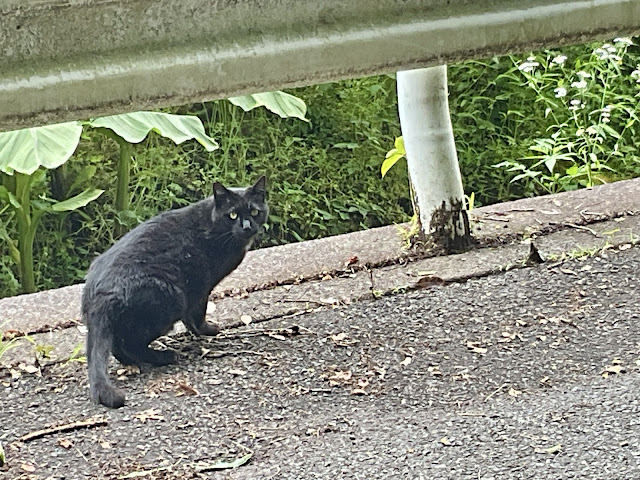Pages
- Home
- Kumano Kodo Trip
- Japanese Festivals
- Japanese Castles
- Stitching Finishes 2025
- Stitching Finishes 2024
- Stitching Finishes 2022
- Stitching Finishes 2021
- Stitching Finishes 2020
- Finish It in 2019
- Stitching Finishes 2018
- Stitching Finishes 2017
- Stitching Finishes 2016
- Stitching Finishes 2015
- Stitching Finishes 2014
- Stitching Finishes 2013
- Stitching Finishes 2012
- Smalls Stitch A Long 2018 - 2019
- Smalls Stitch A Long 2014 - 2017
- 6 & 6 in 2018
- 17 in 2017
- Take A Stitch Tuesday
- English Paper Piecing Projects











6 comments:
I agree, it is often on the way to or from a place that we see something really interesting.
Fudo Myo temples are sometimes grand, like Narita-san or Kawasaki-Daishi near Tokyo. There are some small mountainous huts where Fudo Myo dwells and keeps an eye on the local community. What you found must be such a little sacred place.
I agree, it is often on the way to or from a place that we see something really interesting.
Fudo Myo temples are sometimes grand, like Narita-san or Kawasaki-Daishi near Tokyo. There are some small mountainous huts where Fudo Myo dwells and keeps an eye on the local community. What you found must be such a little sacred place.
Fascinating to see that the rice is mechanically planted in the water.
I"'m curious to find out the significance of the purple color in that shrine cloth?
:) Linda
Hi Linda,
In Shinto, purple cloth, or items dyed purple, can symbolize nobility, strength, or wisdom, and is often associated with high-ranking priests. Historically, purple was a difficult and expensive color to produce, leading to its association with royalty and high-ranking officials.
You can see the most interesting things when you are just out and walking!
Post a Comment